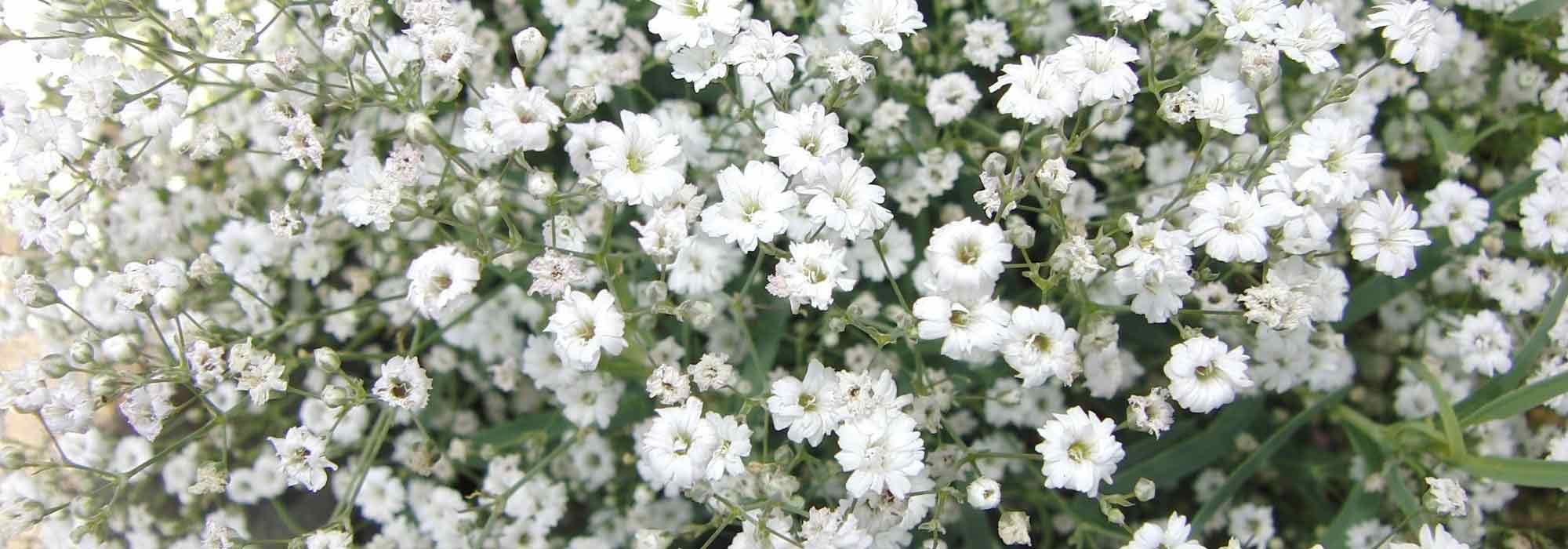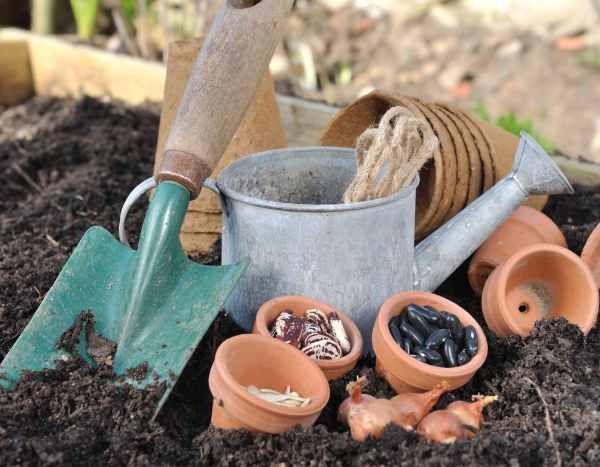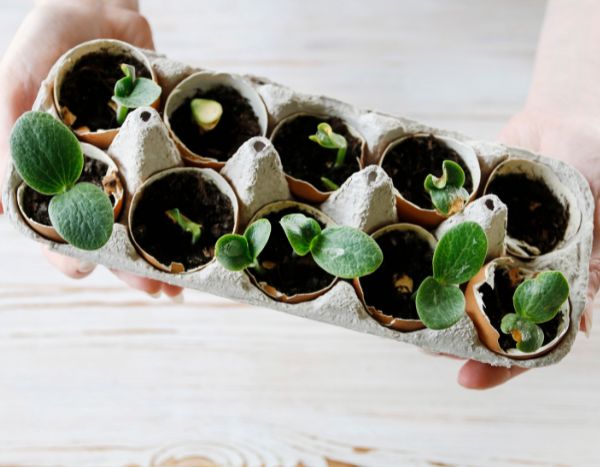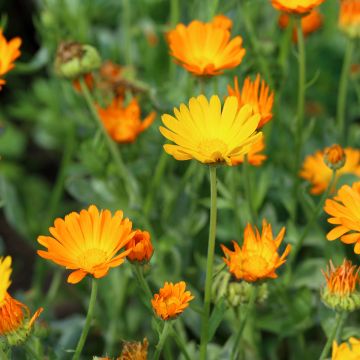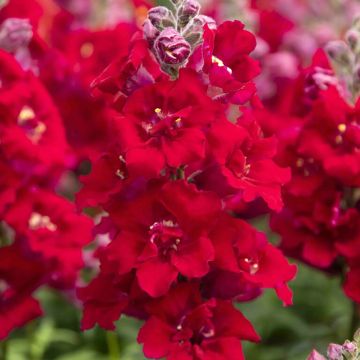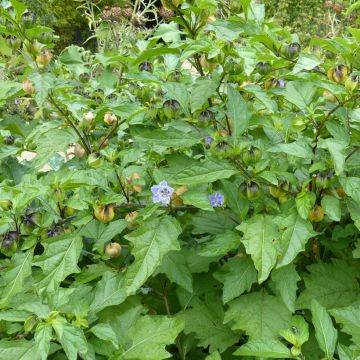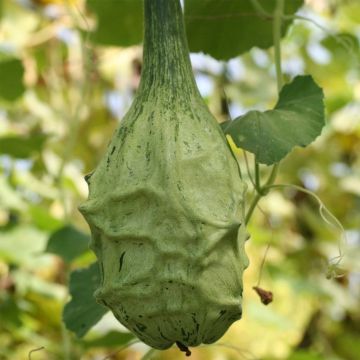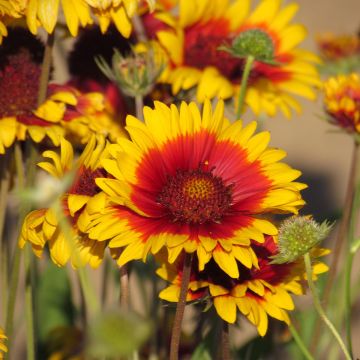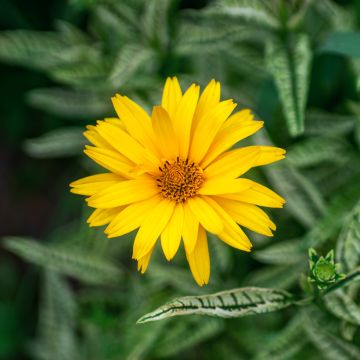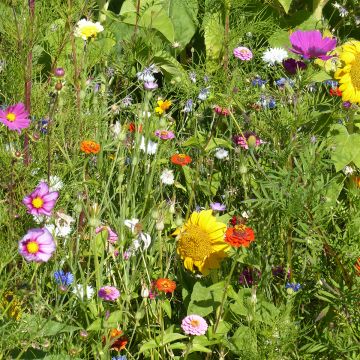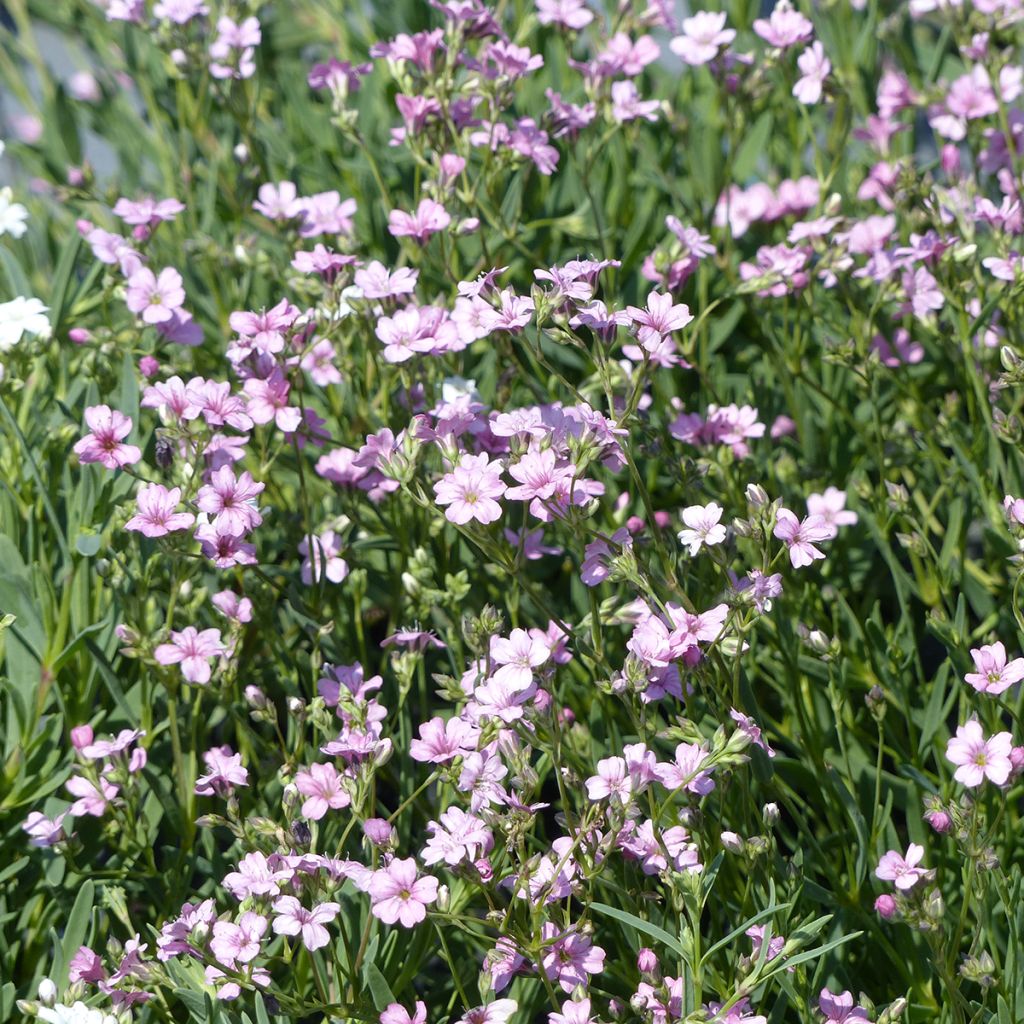

Gypsophila repens Rosea seeds - Creeping baby's breath
Gypsophila repens Rosea seeds - Creeping baby's breath
Gypsophila repens Rosea
Creeping Baby's Breath, Alpine Gypsophila
Special offer!
Receive a €20 voucher for any order over €90 (excluding delivery costs, credit notes, and plastic-free options)!
1- Add your favorite plants to your cart.
2- Once you have reached €90, confirm your order (you can even choose the delivery date!).
3- As soon as your order is shipped, you will receive an email containing your voucher code, valid for 3 months (90 days).
Your voucher is unique and can only be used once, for any order with a minimum value of €20, excluding delivery costs.
Can be combined with other current offers, non-divisible and non-refundable.
Home or relay delivery (depending on size and destination)
Schedule delivery date,
and select date in basket
This plant carries a 6 months recovery warranty
More information
We guarantee the quality of our plants for a full growing cycle, and will replace at our expense any plant that fails to recover under normal climatic and planting conditions.
Does this plant fit my garden?
Set up your Plantfit profile →
Description
Gypsophila repens 'Rosea' is a particularly graceful form of creeping gypsophila, prized for its light and delicate pink flowering. From May to August, this small perennial is adorned with a multitude of soft pink florets that give the plant a mossy and airy appearance. This romantic flowering forms a veil of softness that unfolds in rockeries, along low walls or as pathway borders.
Native to the mountainous regions of central and southern Europe, creeping gypsophila (Gypsophila repens) is perfectly adapted to poor, stony, well-drained soils, particularly calcareous ones. It is drought-resistant once well-established and easily finds a place in dry gardens or Mediterranean-style landscaping. 'Rosea' is the pink-flowered form of this alpine species, which belongs to the Caryophyllaceae family.
A vigorous ground cover without being invasive, Gypsophila repens 'Rosea' forms a low, spreading clump, reaching 10 to 15 cm in height and 30 to 45 cm in width, or even more depending on conditions. Its foliage is semi-evergreen in winter, composed of small, opposite, narrow and slightly fleshy leaves of a soft greyish-green. The creeping stems, sometimes ascending, can root at the nodes, allowing the plant to spread into a carpet. The flowers appear on plants at least two years old, in the form of branched cymose inflorescences. Each flower measures only 5 to 8 mm in diameter, but their multitude gives the flowering a lush and light appearance.
Gypsophila repens 'Rosea' is a lovely plant for bringing a romantic and airy note to dry, sunny spots in the garden. Its pale pink flowering softens hard landscapes and highlights natural stones in rockeries, on low walls or as borders for raised beds. Its low, spreading habit also allows it to fill gaps between paving stones or rocks in a scree garden. It pairs wonderfully with plants such as pink or white helianthemums, Santolina chamaecyparissus or Iberis sempervirens. Very decorative in planters or flowering pots, 'Rosea' cascades and lends itself to soft, natural compositions, especially alongside trailing plants like Dichondra 'Silver Falls' or annual lobelias. A charming and adaptable perennial!
Flowering
Foliage
Plant habit
Botanical data
Gypsophila
repens
Rosea
Caryophyllaceae
Creeping Baby's Breath, Alpine Gypsophila
Gypsophila adscendens, Gypsophila alpestris, Gypsophila dubia, Gypsophila erectiuscula
Southern Europe, Balkans, Alps, Caucasus
Planting and care
Sow Gypsophila repens 'Rosea' between March and May, or in autumn between September and October. As the seeds are very fine, simply place them on the surface of a light, well-draining substrate, without burying them deeply. Cover them with a thin layer of sieved compost or sand (about 2 to 3 mm), then keep everything slightly moist, at a temperature between 18 and 20°C. Germination usually occurs within 10 to 14 days.
If you sow in trays, transplant the young plants as soon as they have two or three true leaves.
Planting out in open ground can be done from May onwards, once all risk of frost has passed. Choose a full sun location. The quality of the soil is essential: it must be very well-drained, light, poor to moderately rich, preferably chalky or neutral. Absolutely avoid heavy or wet soils, especially in winter. Space the plants 15 to 20 cm apart to allow them to spread well.
Cultivation: this baby's breath is undemanding. There's no need to fertilise heavily: overly rich soil would encourage foliage at the expense of flowers. Once well established, the plant is very drought-tolerant. In terms of hardiness, it can withstand temperatures down to -15°C, provided it is planted in well drained soil — excess winter moisture being its main enemy. With these few care tips, you will enjoy a vibrant and long-lasting floral carpet in your garden.
Sowing period
Intended location
Planting & care advice
This item has not been reviewed yet - be the first to leave a review about it.
Similar products
Haven't found what you were looking for?
Hardiness is the lowest winter temperature a plant can endure without suffering serious damage or even dying. However, hardiness is affected by location (a sheltered area, such as a patio), protection (winter cover) and soil type (hardiness is improved by well-drained soil).

Photo Sharing Terms & Conditions
In order to encourage gardeners to interact and share their experiences, Promesse de fleurs offers various media enabling content to be uploaded onto its Site - in particular via the ‘Photo sharing’ module.
The User agrees to refrain from:
- Posting any content that is illegal, prejudicial, insulting, racist, inciteful to hatred, revisionist, contrary to public decency, that infringes on privacy or on the privacy rights of third parties, in particular the publicity rights of persons and goods, intellectual property rights, or the right to privacy.
- Submitting content on behalf of a third party;
- Impersonate the identity of a third party and/or publish any personal information about a third party;
In general, the User undertakes to refrain from any unethical behaviour.
All Content (in particular text, comments, files, images, photos, videos, creative works, etc.), which may be subject to property or intellectual property rights, image or other private rights, shall remain the property of the User, subject to the limited rights granted by the terms of the licence granted by Promesse de fleurs as stated below. Users are at liberty to publish or not to publish such Content on the Site, notably via the ‘Photo Sharing’ facility, and accept that this Content shall be made public and freely accessible, notably on the Internet.
Users further acknowledge, undertake to have ,and guarantee that they hold all necessary rights and permissions to publish such material on the Site, in particular with regard to the legislation in force pertaining to any privacy, property, intellectual property, image, or contractual rights, or rights of any other nature. By publishing such Content on the Site, Users acknowledge accepting full liability as publishers of the Content within the meaning of the law, and grant Promesse de fleurs, free of charge, an inclusive, worldwide licence for the said Content for the entire duration of its publication, including all reproduction, representation, up/downloading, displaying, performing, transmission, and storage rights.
Users also grant permission for their name to be linked to the Content and accept that this link may not always be made available.
By engaging in posting material, Users consent to their Content becoming automatically accessible on the Internet, in particular on other sites and/or blogs and/or web pages of the Promesse de fleurs site, including in particular social pages and the Promesse de fleurs catalogue.
Users may secure the removal of entrusted content free of charge by issuing a simple request via our contact form.
The flowering period indicated on our website applies to countries and regions located in USDA zone 8 (France, the United Kingdom, Ireland, the Netherlands, etc.)
It will vary according to where you live:
- In zones 9 to 10 (Italy, Spain, Greece, etc.), flowering will occur about 2 to 4 weeks earlier.
- In zones 6 to 7 (Germany, Poland, Slovenia, and lower mountainous regions), flowering will be delayed by 2 to 3 weeks.
- In zone 5 (Central Europe, Scandinavia), blooming will be delayed by 3 to 5 weeks.
In temperate climates, pruning of spring-flowering shrubs (forsythia, spireas, etc.) should be done just after flowering.
Pruning of summer-flowering shrubs (Indian Lilac, Perovskia, etc.) can be done in winter or spring.
In cold regions as well as with frost-sensitive plants, avoid pruning too early when severe frosts may still occur.
The planting period indicated on our website applies to countries and regions located in USDA zone 8 (France, United Kingdom, Ireland, Netherlands).
It will vary according to where you live:
- In Mediterranean zones (Marseille, Madrid, Milan, etc.), autumn and winter are the best planting periods.
- In continental zones (Strasbourg, Munich, Vienna, etc.), delay planting by 2 to 3 weeks in spring and bring it forward by 2 to 4 weeks in autumn.
- In mountainous regions (the Alps, Pyrenees, Carpathians, etc.), it is best to plant in late spring (May-June) or late summer (August-September).
The harvesting period indicated on our website applies to countries and regions in USDA zone 8 (France, England, Ireland, the Netherlands).
In colder areas (Scandinavia, Poland, Austria...) fruit and vegetable harvests are likely to be delayed by 3-4 weeks.
In warmer areas (Italy, Spain, Greece, etc.), harvesting will probably take place earlier, depending on weather conditions.
The sowing periods indicated on our website apply to countries and regions within USDA Zone 8 (France, UK, Ireland, Netherlands).
In colder areas (Scandinavia, Poland, Austria...), delay any outdoor sowing by 3-4 weeks, or sow under glass.
In warmer climes (Italy, Spain, Greece, etc.), bring outdoor sowing forward by a few weeks.






























